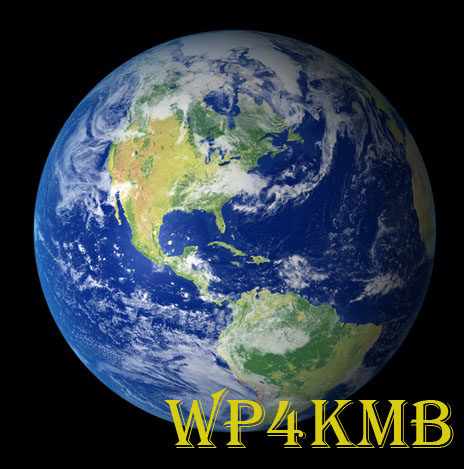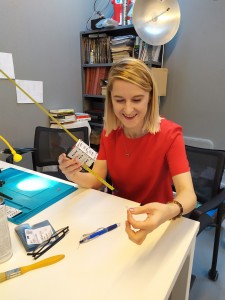Unauthorized transmissions in 144 MHz satellite allocation
Unauthorized transmissions in 144 MHz satellite allocation
The DARC reports unauthorized transmissions are taking place in the 144 MHz satellite segment of the 2m amateur radio primary allocation.
A translation of the DARC post reads:
In the 144.010 MHz to 144.020 MHz range, illegally operated transmitters are increasingly being operated as “water vitalizers” or “water energizers”. The manufacturer specifies 144.015 MHz as the transmission frequency in its product description.
The DARC EMC department asks for further information with location information about conspicuous signals in this frequency range, in preparation for collective complaints.
The devices apparently generate fields with considerable field strength and a long range. The signals appear increasingly in the morning or in the evening. The illegal transmitters are typically in operation for 5 to 60 minutes (integer multiples of 5 minutes). The signal is generally very stable in frequency, but occasionally shows short-term fluctuations of up to a few 100 Hz. Otherwise the carrier is not further modulated.
The frequency range 144.000 MHz to 146.000 MHz is assigned to the amateur radio service in Germany as the primary exclusive user.
A video of the interference caused by these devices and a map showing some of the cases so far detected in Germany can be seen at https://www.darc.de/der-club/referate/emv/
m5aka
AMSAT-UK
Powered by WPeMatico





